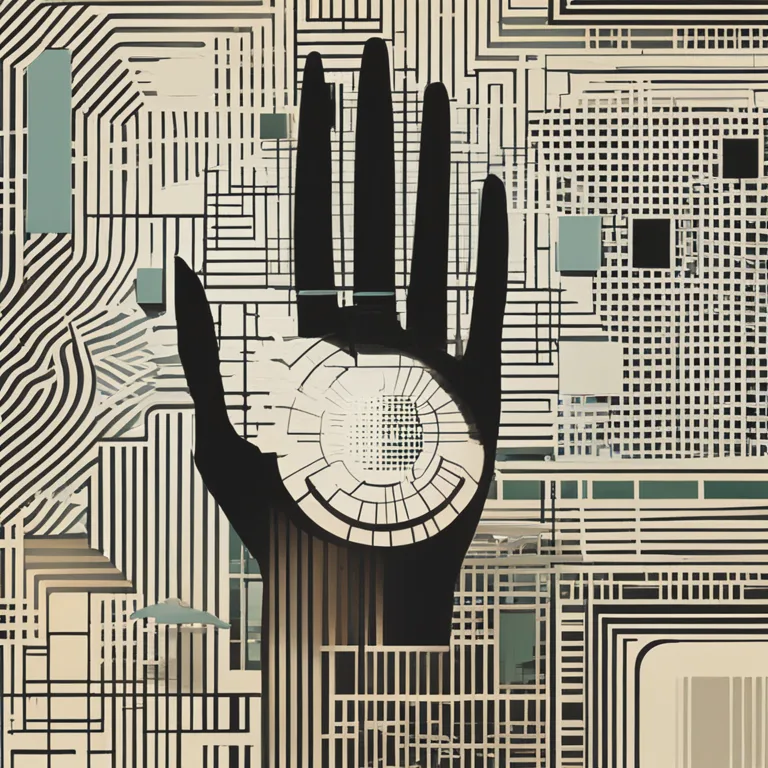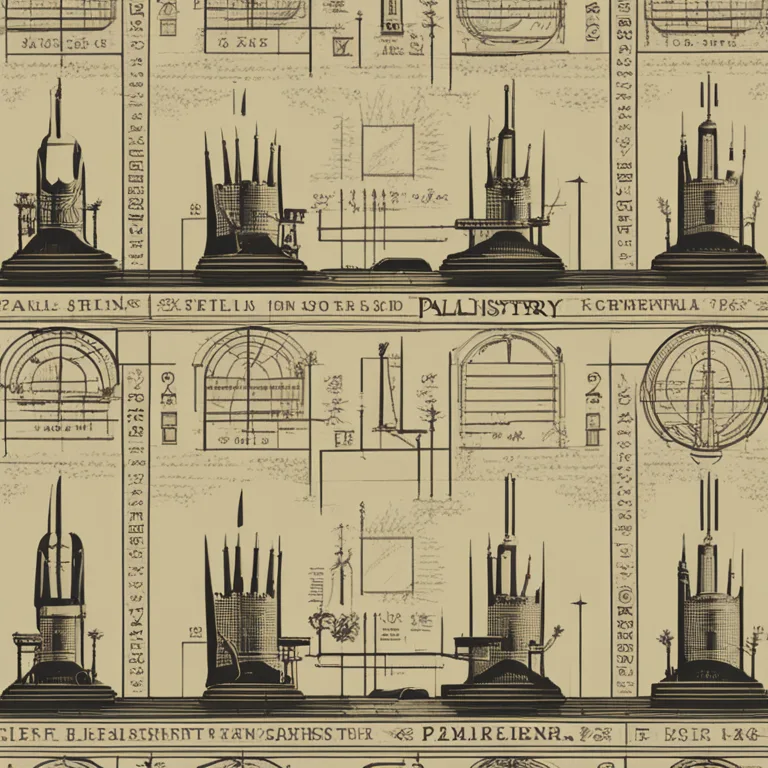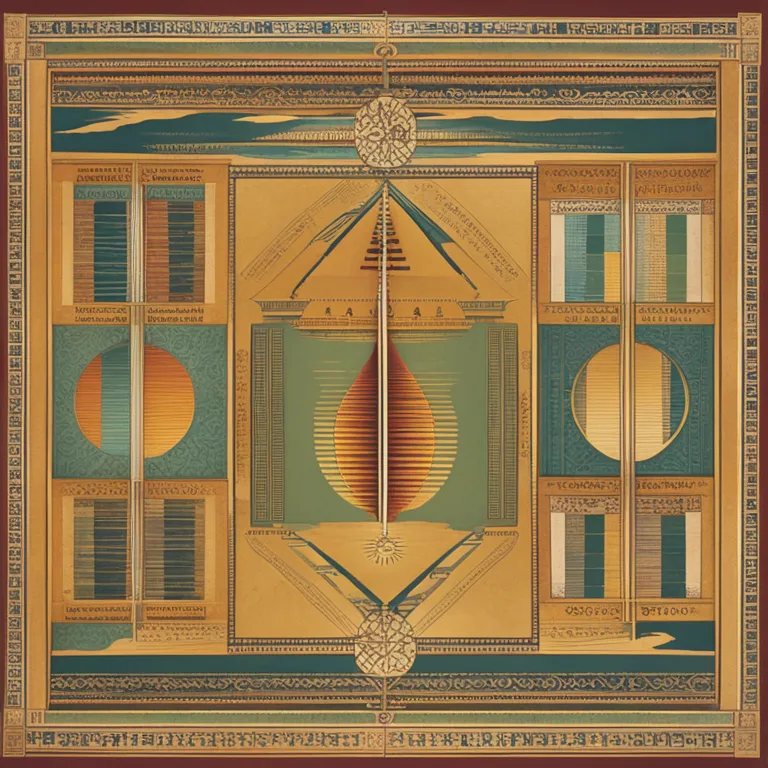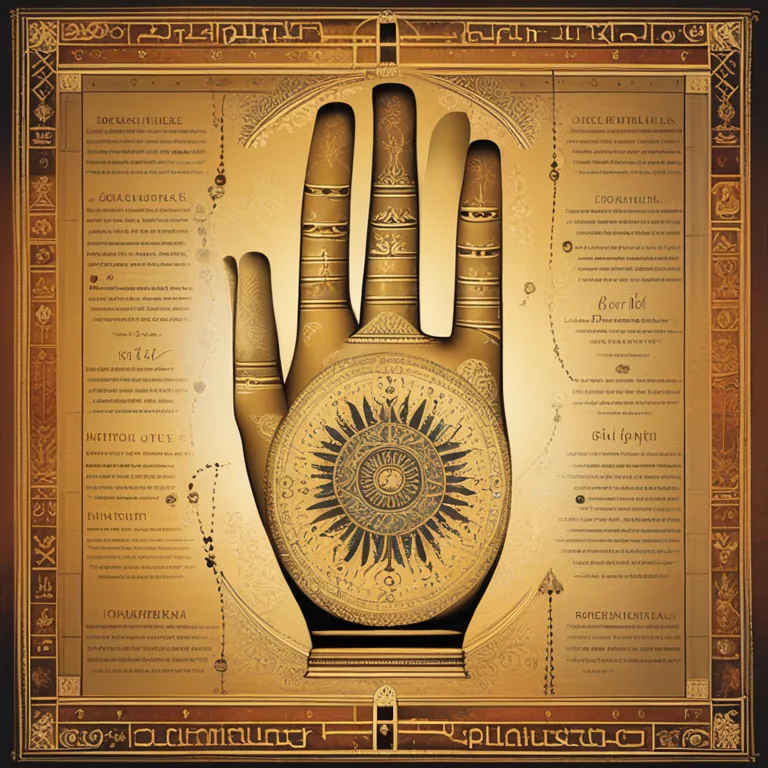
The Origins of Palmistry: A Glimpse Into Its Creation
Discover the ancient roots and purposes behind the creation of palmistry, the age-old practice of interpreting the lines and features of the human hand.
article by Nora Pennington
Ancient Beginnings
Palmistry, or chiromancy, has intrigued humanity for thousands of years. Rooted in various cultures, its inception is as mystical as the practice itself. The earliest recordings of palmistry are found in Vedic texts, suggesting that Hindu sages may have been among the first to utilize hand patterns as a window into the human psyche. These ancient beginnings laid down the practice's foundational belief: the hands are a microcosm of the self, reflecting one's destiny, traits, and even health.

Cross-Cultural Expansion
This esoteric knowledge was not siloed in India, as it traveled through China, Tibet, Persia, Egypt, and Greece. Historically, each civilization contributed its insights, imbuing palmistry with a universal allure. The Greeks, spearheaded by figures such as Anaxagoras and Aristotle, bolstered the intellectualism behind palmistry, tying it to their philosophies of naturism and ethos. Aristotle's purported work “Chiromancy”, mentioned by his student Alexander the Great, illustrates the widespread curiosity about the subject. Thereafter, the practice underwent a synthesis where Eastern mysticism encountered Western pragmatism.

Divination or Science?
A primary motive for palmistry's creation was mankind's quest for self-understanding and forecasting. To early practitioners, the lines of the hand were not arbitrary; they were purposeful, inscribed omens. Over time and across cultures, palmists contended with the dichotomy of palmistry as either a form of divination or a pseudo-scientific study. By the Middle Ages, however, the Church's dim view of divinatory practices forced palmistry underground, where it persisted as a folk practice, until the 19th century when it rebounded with vigor as part of the occult revival.

Modern Resurgence
The resurgence of palmistry in contemporary times is marked by a blend of tradition and evolution. Today, alongside its historical and predictive uses, it is often regarded as a tool for personal growth and psychology. This modern perspective of palmistry emphasizes understanding one’s potential and recognizing personality tendencies rather than deterministically predicting the future. As of 2024, with rising interest in spirituality and self-exploration, the practice continues to evolve, incorporating technological advances like digital palm readings and biometric analysis.

The Practice Today and Tomorrow
The enduring fascination with palmistry lies in its personal touch—literally. In our digital age, the tactile experience of palm reading offers a tangible connection to the wisdom of the past. As we move further into the 21st century, palmistry is likely to garner new dimensions, potentially merging with AI and biofeedback technologies to expand its reach and sophistication. Critics may question its validity, yet its continued practice speaks to a collective desire for insight and a connection to the ancient world.
Conclusion: A Quest for Meaning
Why was palmistry created? The answer weaves through the tapestry of human history—an embodiment of our perennial quest to understand our lives and shape our destinies. Although the validity of palmistry remains a topic of debate, the sheer longevity of its practice is a testament to its impact on human culture. Perhaps, in a world increasingly driven by data and algorithms, the intimate intricacies of the human hand remind us of the mystery and potential that lie within us all.
Published: 1/3/2024
Modified: 1/3/2024
More predictions
Come back here soon to learn more about yourself and your future


Palmistry Clues to Predicting Parenthood
Delve into the palmistry lines associated with predicting childbirth and learn what your hands may reveal about future family life.


Palmistry's Insight into Your Health
Discover the connections between the lines on your palm and your well-being in this comprehensive look at palmistry’s role in health forecasting.


The Origins & Journey of Palmistry
Trace the fascinating history of palmistry, understanding its ancient roots and its evolution through cultures and time.